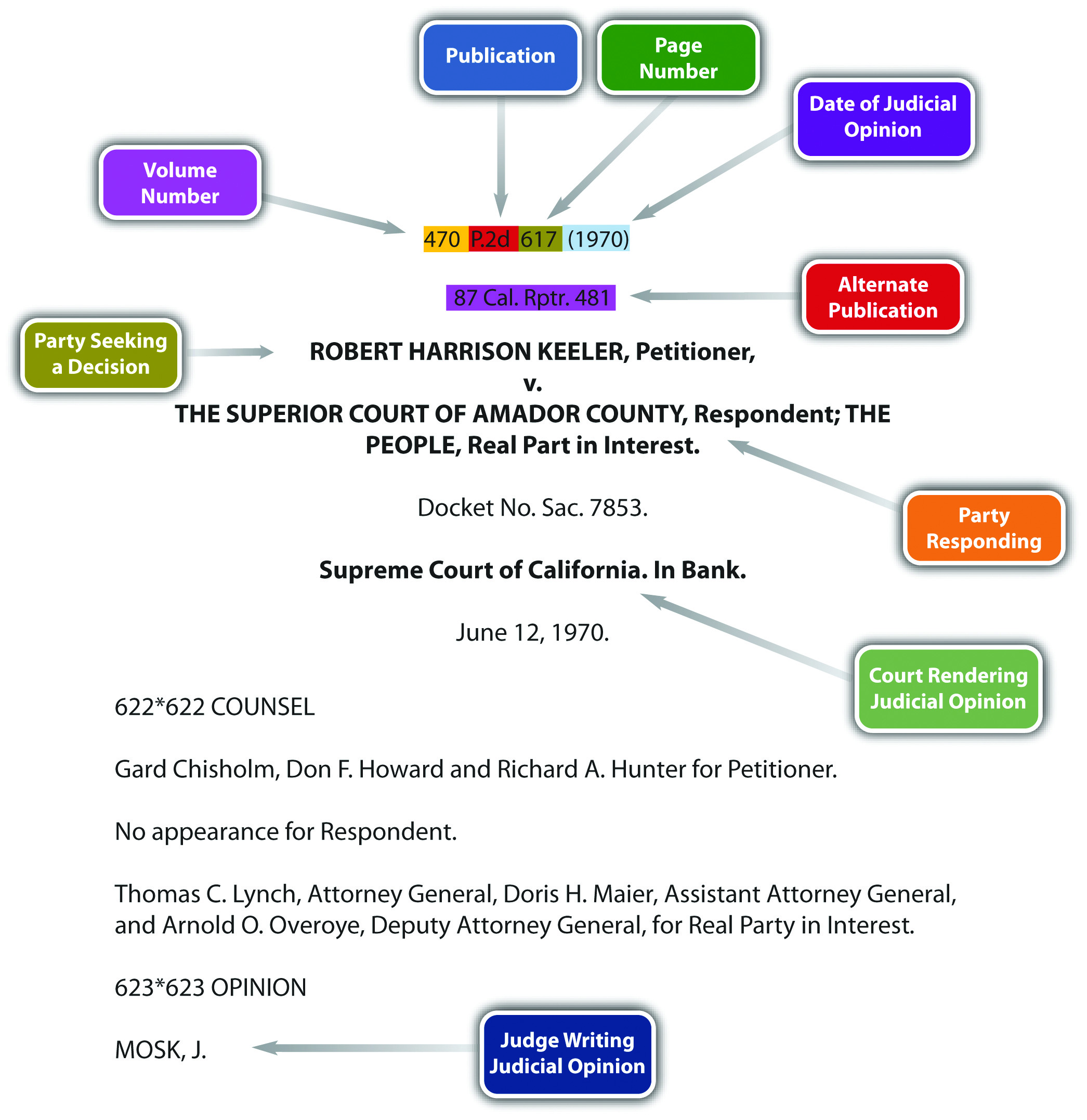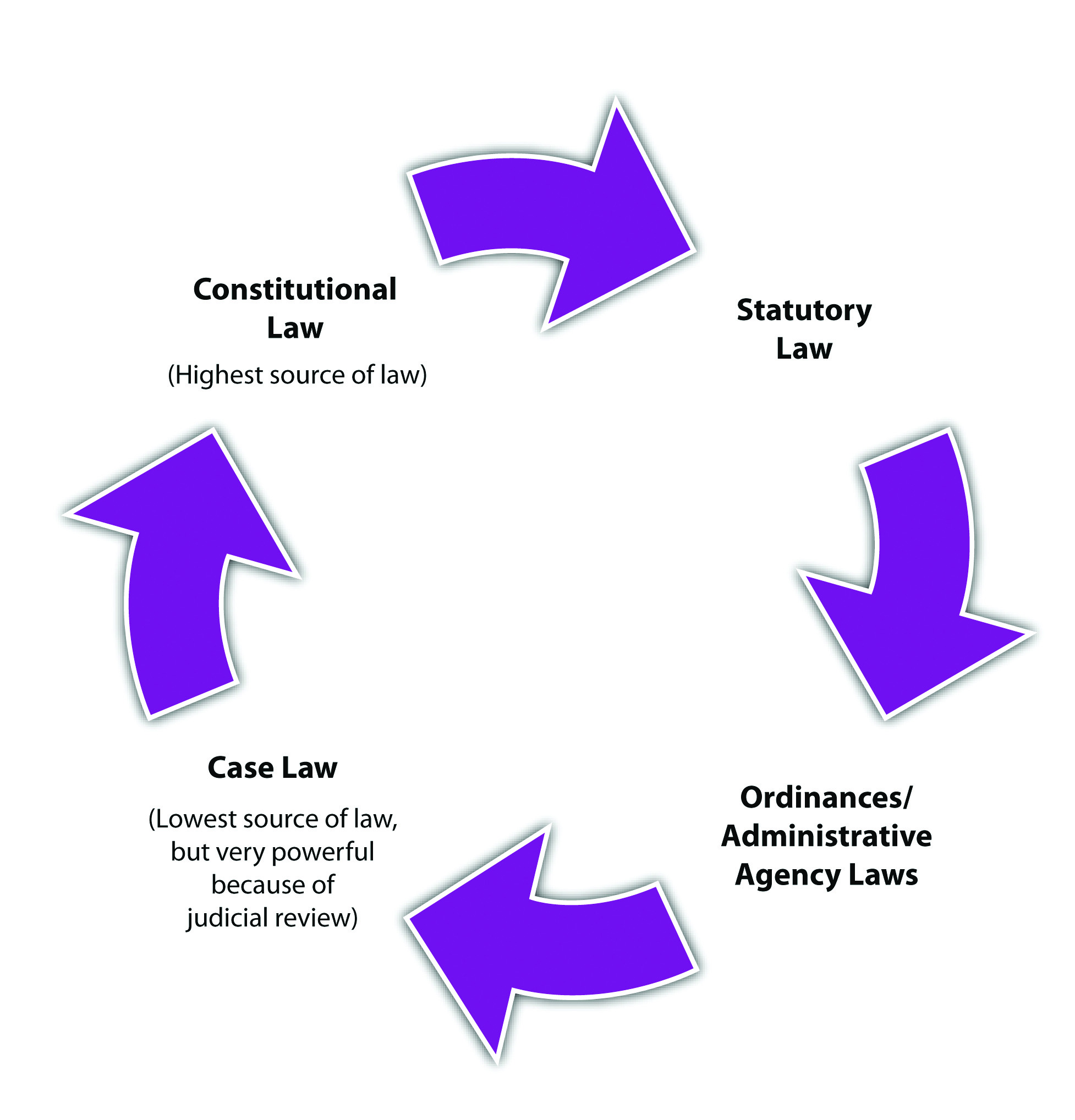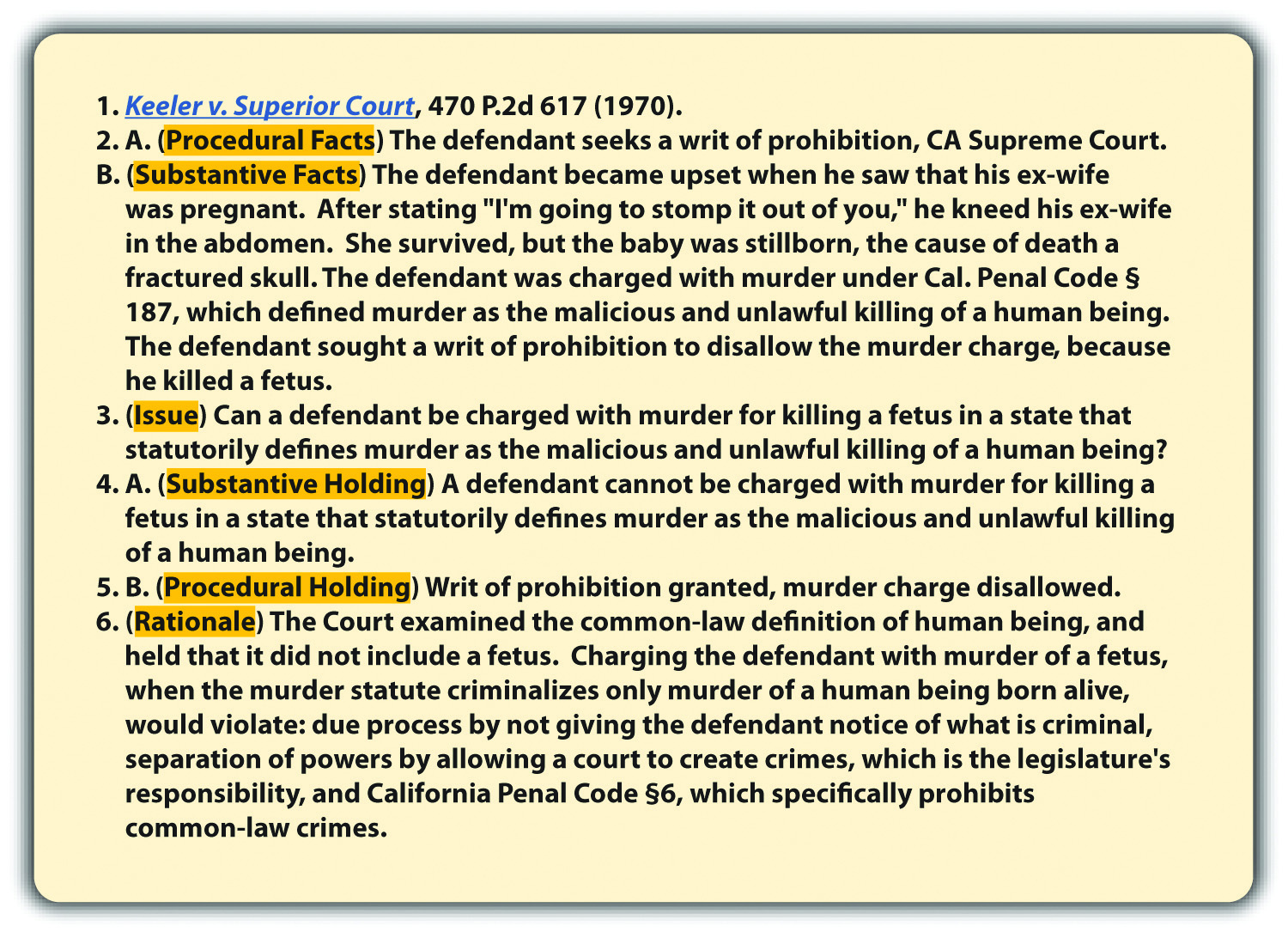Case Law and Common Law May Be Described as
Common law is called common law because judges in England were intended to. Civil law as a legal system based on a code of laws such as the Code Napoleon developed in France as opposed to the common law system based on the doctrine of precedent.

1 6 Sources Of Law Criminal Law
Civil in the sense of secular law as opposed to ecclesiastical or other forms of religious law.

. Case law which is commonly referred to as common law is derived from judge-issued rulings or verdicts. Case Law Example The matter of the Keeler in 1970 is a textbook situation. Common law is also known as.
After the attack the child was born dead. Judges must strictly follow precedent in all cases. Case law also used interchangeably with common law is law that is based on precedents that is the judicial decisions from previous cases rather than law based on constitutions statutes or regulationsCase law uses the detailed facts of a case that have been resolved by courts or similar tribunalsThese past decisions are called case law or precedent.
Common law is law that is derived from judicial decisions instead of from statutesAmerican courts originally fashioned common law rules based on English common law until the American legal system was sufficiently mature to create common law rules either from direct precedent or by analogy to comparable areas of decided law. Added 6112015 15755 AM. However in civil law countries the judge is usually the main investigator and the lawyers role is to advise a client on legal proceedings write legal pleadings and help provide favorable evidence to the investigative judge.
In law common law also known as judicial precedent or judge-made law or case law is the body of law created by judges and similar quasi-judicial tribunals by virtue of being stated in written opinions. The word equity means rules developed to solve the defects of common law. In that sense case law differs from one jurisdiction to another.
The defendant attacked his pregnant former spouse. Only certain types of cases were recognised. Courts often refer to secondary sources of law for guidance in interpreting and applying the primary sources of law Constitutional law -the law as expressed in these constitutions -the supreme law of the land.
What constitutes the common law is not so much the actual decision in a particular case as the principles upon which that decision is based. Common law also called Anglo-American law the body of customary law based upon judicial decisions and embodied in reports of decided cases that has been administered by the common-law courts of England since the Middle Ages. Basic Principles of Case law.
One of the major reasons to read case law is to. In the 2019 Supreme Court case of Gamble v. Equity developed because of the flaws in the common law.
Case law adds to our understanding of the guidelines when the court interprets aspects of the guidelines that may be unclear or when the court makes a decision about how the guidelines should be applied to a case with a particular set of facts. Also known as case law or case precedent common law provides a contextual background for many legal concepts. People who could not obtain justice in.
When a case comes before a court the parties to the action present the evidence they need to support their case. The main difference between the two systems is that in common law countries case law in the form of published judicial opinions is of primary importance whereas in civil law systems codified statutes predominate. Common law is a source of both substantive and procedural law discussed below but it is important to note that there are no federal common law crimes.
Common Law meaning Common law is a term used to refer to law that is developed through decisions of the court rather than by relying solely on statutes or regulations. Up to 25 cash back A. Each case helps to develop the principle a little further.
For example a case in New York would not be decided using case law from California. Case Law often used interchangeably with the term Common Law refers to the precedents and authority set by previous court rulings judicial decisions and administrative legal findings or rulings. While legislation is typically passed by a government branch the typical court system is able to exercise quasi-legislative power through the use of case law and the establishment of precedent.
There are roughly 150 countries that have what can be described as primarily civil law systems whereas there are about 80 common law countries. In general the United States belongs to the places of common law. The common law sometimes known as case law is a legal system in which previous court decisions establish legal precedents new decisions must be in keeping with past decisionsCommon law may also refer to a legal system which relies on common customs and usages rather than on codified written laws or statutesThe common law forms a major part.
The civil law is based on the theory of separation of powers whereby the role of legislator is to legislate while the courts should apply the law. The defining characteristic of common law is that it arises as precedentIn cases where the parties disagree on what the law is a common law court looks to past precedential. In deciding what does and does not form part of the common law it is necessary to consider the status of the court making the particular decision.
A drawback of common law is that legal decisions may be followed after they have become outdated or no longer relevant. Case law Over hundreds of years judges have been deciding cases. The common law of the United States originally came from England.
Log in for more information. Their decisions have developed a body of legal principles known as common law or case law that is declared by judges. Any state except Louisiana perceives it as a standard if the norm provides for another interpretation.
If Congress has not enacted legislation to make certain conduct criminal that conduct cannot constitute a federal crime. The case law in common law systems have binding force. CASE LAWRESEARCH AND BRIEFING 1.
In common law the judge often acts as a referee as two lawyers argue their side of the case. Case law also used interchangeably with common law refers to the collection of precedents and authority set by previous judicial decisions on a particular issue or topic. From it has evolved the type of legal system now found also in the United States and in most of the member states of the Commonwealth.
The word equity has a meaning of fairness and this is the basis on which it operates when adding to our law. Common law may be created when a court decision makes new law. Although statutory laws created by legislative bodies in concurrence with.
Common law may be created when a court decision makes new law. Case law and common law doctrines Secondary sources of law books and articles that summarize and clarify the primary sources of law. In other words they somehow usurp the role of legislature.
The meaning thus depends on the context. This is one of the main categories of law with constitutional law statutory law and regulatory law. In common law the courts are given the main task in creating the law.
Case law is law that is derived from the decisions issued by judges in the cases before them in court.

A Feature Of A Common Law System That Makes It Different Than Other Legal System Is Its Reliance On Case Decisions A Preced Law System Giclee Print Common Law

1 6 Sources Of Law Criminal Law

Mr Stewart S Blog Ja 8 B Civics May 7 11 Law School Inspiration Law School Life Studying Law

No comments for "Case Law and Common Law May Be Described as"
Post a Comment